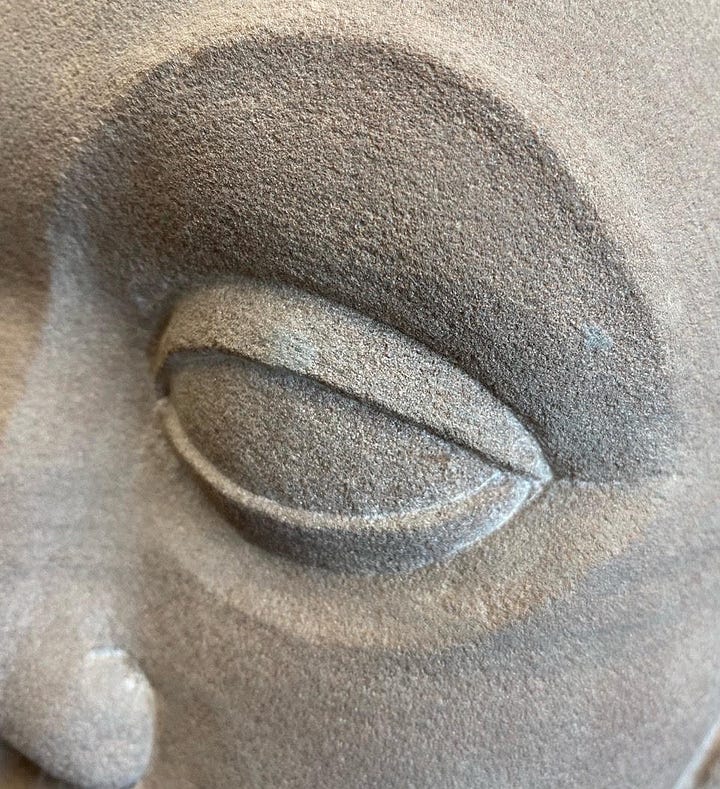London unveils a new statue in memory of forgotten historical Black woman
Mary Woolaston is only the fourth woman of colour to be honoured with a statue in the capital
Despite having an essential place in Britain’s history, there are very few statues of Black women in London today.
In fact, of the 50 statues of women in the capital, only three of them are women of colour.
Now a fourth statue honouring the story of a Black British woman is being revealed in Calthorpe Community Gardens not far from Kings Cross.
Sculpted by acclaimed stone carver Marcia Bennett-Male, the sculpture pays tribute to 17th Century well keeper Mary Woolaston.
Historians believe that Mary Woolaston ran a healing well — called Black Mary’s Hole — in the 1600s.
Historian Emanuela Aru, who studied the history of the wells, said that Woolaston’s name cropped up in historical archives about the well, although there are other theories as to the naming of the well.


Britain is no stranger to forgotten histories, particularly those of Black women.
As Nova Reid told The Lead last month: “Misogynoir – a term coined by Dr Moya Bailey – the combined experience of sexism and racism, worse than experiencing either on its own – means Black women’s work is often erased, passed off as others’ or deliberately hidden.
“It’s a persisting systemic and historical issue. Powerful intelligent and accomplished Black women are a threat to society.”
Black Mary Project Lead Gaylene Gould tells The Lead: “The story of Mary Woolaston and London’s forgotten healing wells draws our attention to the overlooked but the crucial weavers of our social fabric - the well-keepers.
“These are the people who, often through vocation, tend our cities' public healing spaces. In the 17th Century, these spaces were physical water wells that offered mineralised water that soothed physical ailments. The wells also became social meeting places to gather and beat a sense of isolation. Today we might see places like Calthorpe Community Gardens as fulfilling a similar role.
“The lack of historically recording Black working class lives means that the details surrounding Mary’s Woolaston life remain foggy. And if we are not careful, many of today’s “well keepers” or community workers might also be forgotten in 400 years time despite playing a vital role in the healthy functioning of this city.
“This memorial is in honour of all the well keepers and especially those women from “elsewhere” who have devoted their lives to caring for the citizens of this city and country.”



